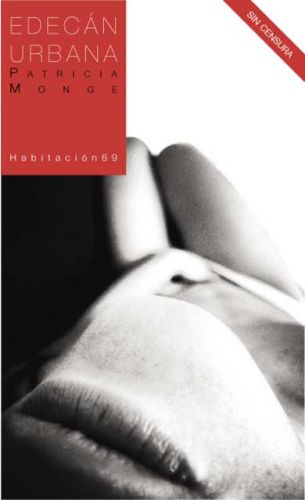On Avenida Insurgentes, one of Mexico City’s most important boulevards, there is a fifteen-story building that, from certain angles, looks so fragile that it might fall down if you blow on it. Some rooms in the top four floors appear to have been victims of anarchists throwing Molotov cocktails. There are locales for businesses all around the ground level, but many of them have been empty for months or even years.
It looks so dangerous that no one in their right mind would go inside, let alone up to the top. No one, that is, except for Aura Estrada, an extremely talented writer who had Mexico City in her blood. I say “had” because she died in July of 2007, at the age of 30, as the result of a tragic accident (one that had nothing to do with her daredevil antics inside the building).
Aura was a friend, but I was also lucky enough to work with her as an editor on several occasions. She was one of those writers whose work you hardly had to touch -- maybe changing a punctuation mark, or splitting a long sentence into two shorter ones. For D.F. magazine, she wrote a very funny vignette about her experience upon entering the Condominios Insurgentes. Click here to find that piece and other examples of Aura’s writing.
After her death, Aura’s husband, the novelist Francisco Goldman, established a foundation which will award a prize in her name. If you are a woman writer, in Mexico or the United States, 35 or under, who writes in the Spanish language, you can throw your hat in the ring. Here is a link for more information about the prize.




